ACKNOWLEGDMENTS
We would like to thank everyone who has helped create this Almanac.
Many thanks to the team at BBC Gardeners World Magazine and to their regular contributors, whose work has gone into this practical guide.
Special thanks go to Monty Don who has provided the inspiring foreword and to the Editor of BBC Gardeners World Magazine, Lucy Hall, to Deputy Editor Kevin Smith and freelance gardening editor Tamsin Hope Thomson, who helped create this Almanac.
Our thanks to valuable contributions from Gardeners World TV contributors, present and past, including Carol Klein, Alan Titchmarsh, Adam Frost, Frances Tophill, Arit Anderson, Mark Lane, Flo Headlam and Pippa Greenwood.
Magazine contributors who deserve a special mention include Rekha Mistry, for her seasonal recipes from the allotment; and Richard Jones for his Spotters Guides; Kate Bradbury for her wildlife columns; Peter Gibbs for his weather statistics; herb guru Jekka McVicar, for sharing her expertise; and Sally Nex, for clear guidance on veg-growing.
For her elegant yet detailed illustrations, we are grateful to Christina Hart-Davies.
And for keeping the whole book on track, our thanks to project editor Jo Stenlake.
Weather stats based on 30-year average from 1981 to 2010. For more information on the weather stations supplying data, visit the Gardeners World website
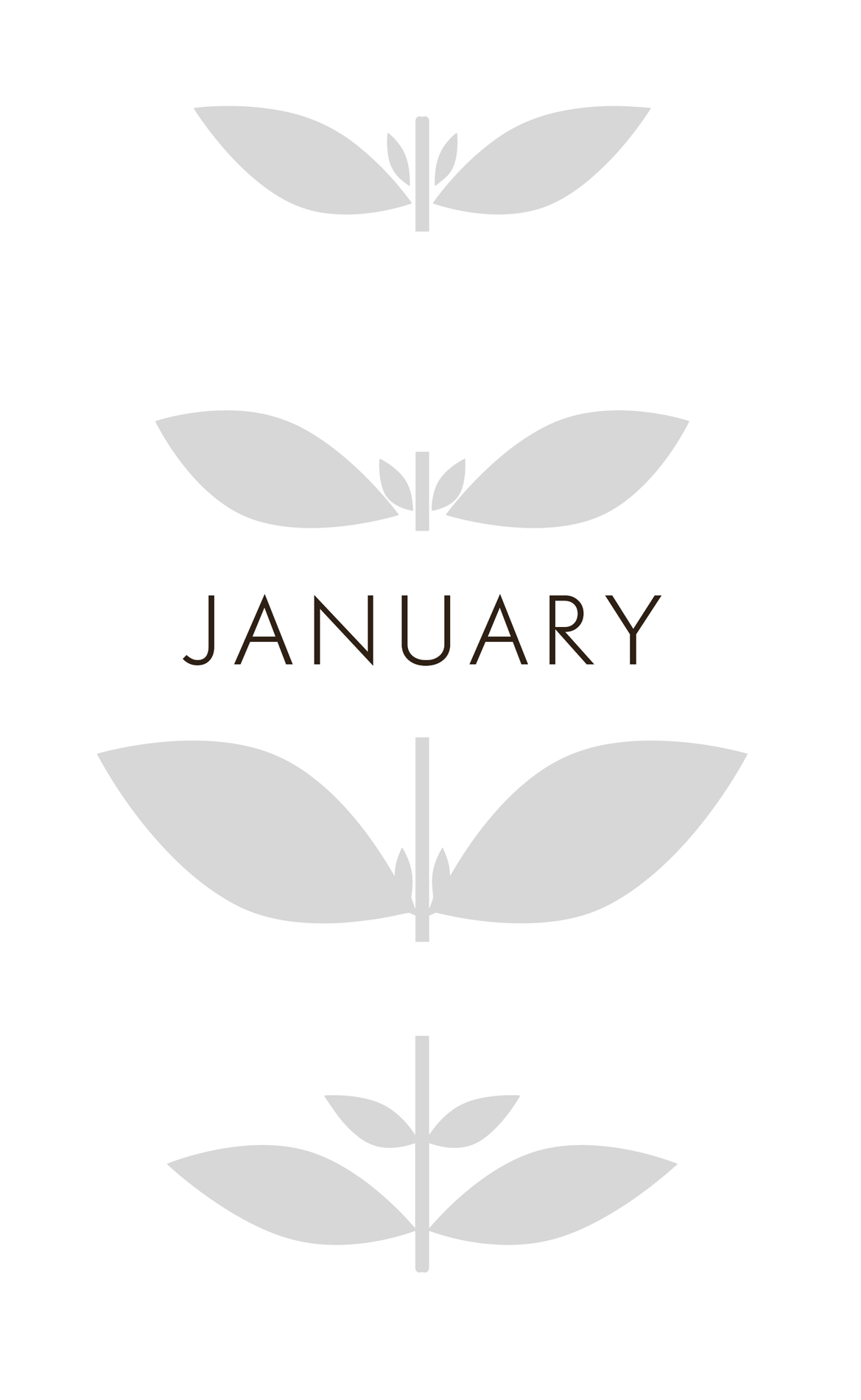
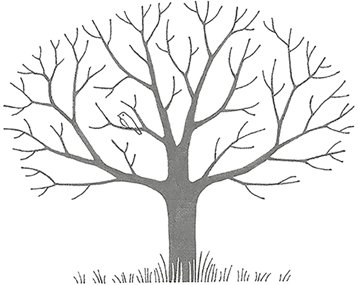
January is a time of fresh starts. The weather is often cold or rainy and the days are still dark and short, but there is an undeniable sense of moving towards spring. Long-dormant snowdrops and aconites, as well as hellebores, catkins and, most gloriously of all, the early iris species, are all coming into flower. The days are, very gradually, getting longer. There is also a sense of urgency that grows throughout the month especially if the weather is harsh to get on with any jobs that need to be done in winter, before new growth appears, such as the pruning of fruit trees and the planting of bare-root shrubs, trees and fruit canes. Very slowly, the garden is starting to come alive.

Weather Watch
January can take on many different guises. This months record highs and lows for the UK both come from roughly the same area of Aberdeenshire, with a glacial -27.2C (in 1982) at Braemar, and a balmy 18.3C (in 2003) just down the road in Aboyne. The potential for such extremes can make gardening a challenge! Wind direction is key in creating such extremes. From the north and east it will bring an icy blast. By contrast, south-westerly airstreams bring mild, damp weather and in this extreme example, the air is likely to have been warmed by the Foehn effect. This warming occurs when damp air is forced up over a belt of mountains and then heats up as it drops down on the other side. The wind can also be destructive. This is when the jet stream cooks up some of its fiercest storms, as clashing air masses over the Atlantic rev up into intense depressions that pack a punch on our Western shores.
WEATHER FACTS
- Average highest temperature in the UK: 6.4C
- Highest number of days of air frost: 12.9, East Anglia
- Highest number of hours of sun: 63.6, the South Midlands
- Highest average regional rainfall: northern Scotland, with 21.2 days
- Area with widest range of temperatures: Braemar, with records of highs at 18.3C and lows of -27.2C
WEATHER ALERT
Protect your plants from wind chill. Easterly winds create some of the worst conditions for gardeners. Originating from the continent, theyre not just cold, but also have very low humidity. This can dry out the foliage of evergreen plants, particularly when the soil is frozen, so protect vulnerable plants with fleece.

Star Plants
10 OF THE BEST
1. Snowdrop
There is room in every garden for snowdrops: they can be tucked in every corner or even in pots and containers. Plant as bulbs in autumn or, ideally, as plants in March. Flowers January to February.

2. Witch hazel
These wonderful shrubs are subtly scented with flowers like silken tassels that appear on bare branches. Try Hamamelis x intermedia Pallida. Flowers December to February.
3. Hellebore
The Christmas rose hellebore, Helleborus niger, is as pure and white as a newborn snowball. Its a real winter highlight and this one is one of the earliest. Flowers January to February.
4. Ivy
In the right place, ivy is a crackerjack of a plant. The perfect green wall: always shiny, good insulation, an excellent late source of nectar for bees and ideal winter quarters for all sorts of wildlife. Flowers October to November.
5. Dogwood
No one will miss Cornus on a dull winters day. The brightly coloured, leafless stems can be fiery red, orange or vivid yellow, shining out like beacons in a bare, winter garden. Flowers May to June.
6. Winter aconite
At first, this plant looks like a tiny insignificant thing that scuttles around the base of trees and along lawn edges, but when the flowers open were greeted with a sea of brilliant gold. Flowers January to February.
Cyclamen coum
After all the elegant skeletons, beautiful bark, urbane evergreens and modish grasses that have dominated winter, at last we come across a bit of extra colour the valiant cyclamen pushing its pink flowers through a dusting of snow. Flowers January to March.
8. Winter heathers
Some plants are completely unfazed by winter and top of the list must be the winter heathers. Snow, ice and cutting winds leave their dainty bells shining in the weak sunshine. They tolerate all weathers and light up dark days with white, pink or reddish, bee-friendly bells. For a bright splash of colour try the pink to purple Erica carnea Vivellii. Peak flowering from January to March.
9. Sweet box
Winter scent is much more precious than summer scent, as it seems to travel further in the cold air. This is one of the best. Make sure that you always plant them close to paths or doorways, as something so precious should never be wasted. Flowers December to March.
10. Heucheras
These useful, colourful foliage plants are easy to look after and perfect for filling gaps in the border or perking up a container display. New colours, patterns and leaf shapes appear every year, so gardeners are spoilt for choice. For drama, try Midnight Rose which has near black leaves with vivid pink speckles. Flowers June to August, depending on variety.
WHY NOT TRY
Planting up a colourful container
January is a great time to inject colour into our outdoor space, bringing a little brightness to the bleak beginning of the year. Making a large statement container is ideal for this time of year, as plants prefer not to go directly into freezing ground. Place your pot near the door or where it can easily be seen from inside the house, so you get maximum benefit. Once plants get too big for the pot, they can be removed and replanted in the ground when it warms up, to bring winter interest to your garden year after year.

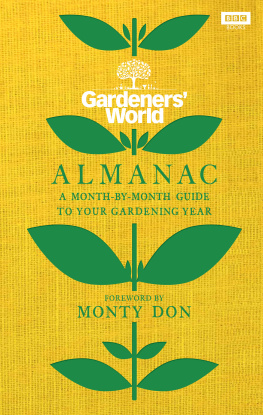


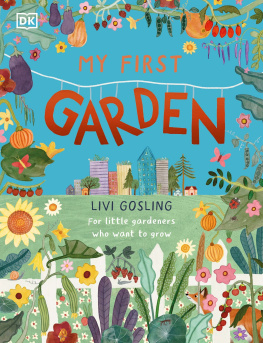

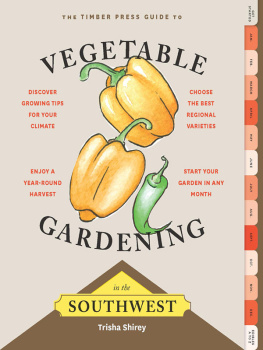
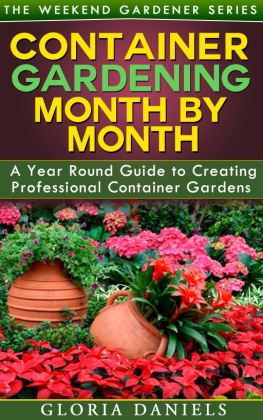

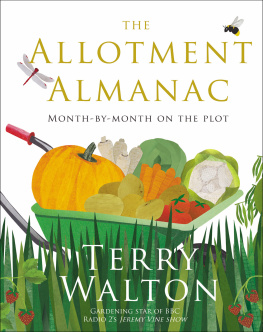
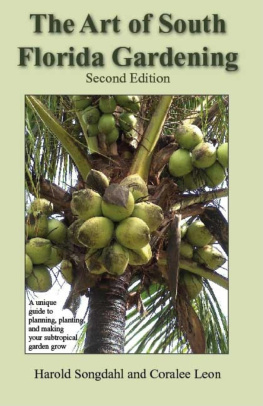
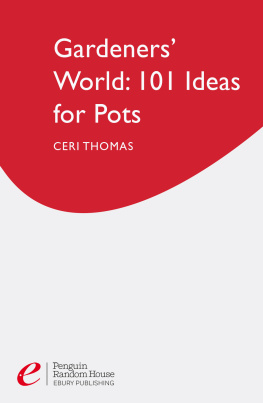



 Weather Watch
Weather Watch Star Plants
Star Plants